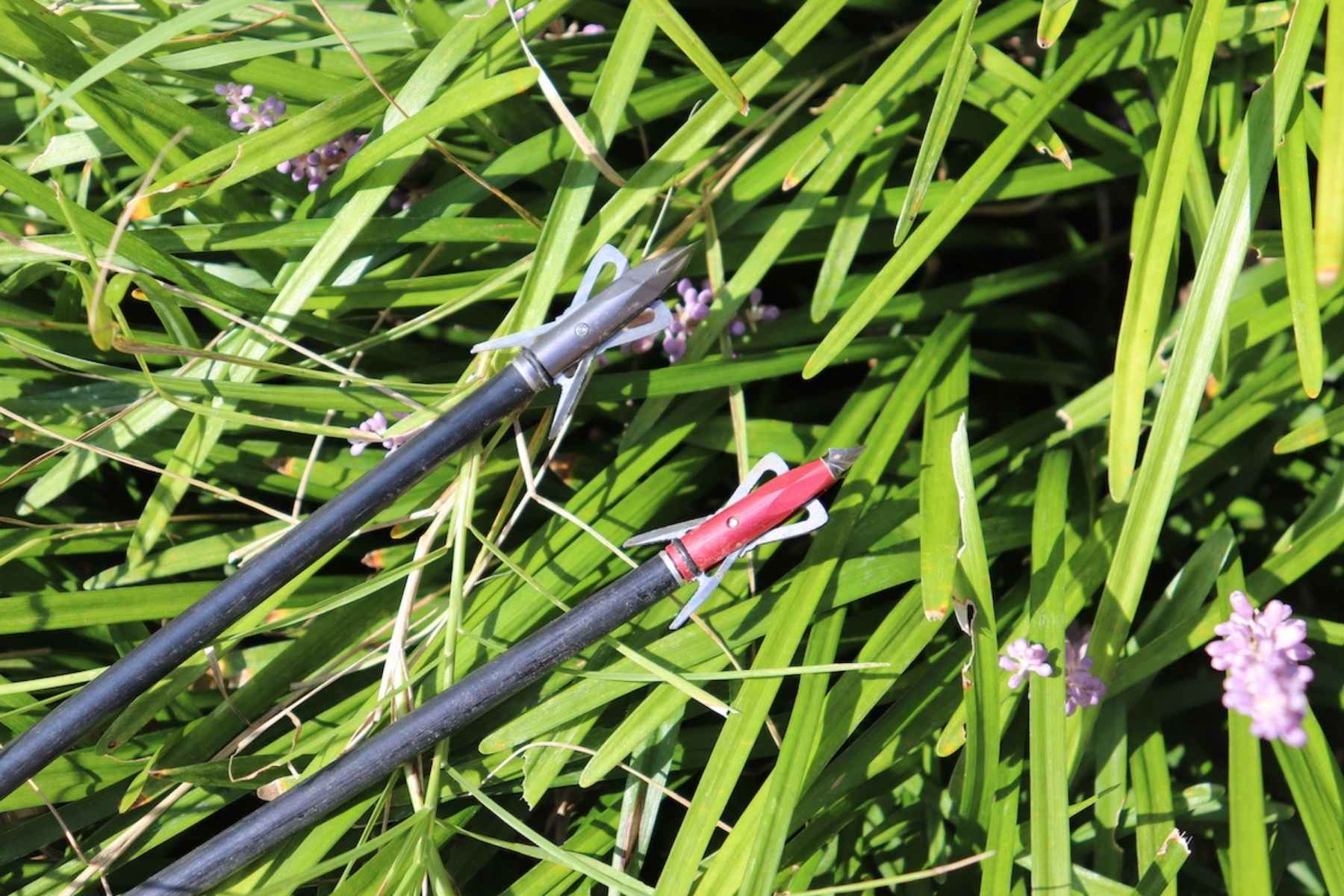Today’s arrows come in a wide range of configurations and stray far from a one-size fits all approach. An archer´s selection of arrows must be based upon a range of criteria, the vast majority of which relate to the overall length and weight.
Properly selecting an arrow optimizes arrow flight and prevents undue stress on the bow itself.
The complexities associated with making such a decision tend to leave many new archers questioning how heavy an arrow truly is and how to select an arrow of optimal weight for their particular set-up.
Luckily, questions of this nature are easily answered upon gaining a basic understanding of the role played by weight in overall arrow dynamics.
Contents (Jump to Topic)
ToggleWhy Arrow Weight Matters
An arrow’s flight is influenced by several factors, few of which are as critical as an arrow´s overall weight.
The weight of an arrow dictates the speed at which an arrow reaches its target, the amount of drop that occurs before an arrow reaches its target, and the amount of downrange kinetic energy delivered to a target by an arrow.
While relatively lightweight arrows tend to fly much faster than their heavier counterparts, they also tend to present tuning difficulties.
On the opposite end of the spectrum, heavier arrows deal quite a blow to any downrange target yet fly slower and experience a far higher degree of drop than lighter arrows.
Of course, another factor is worth considering when selecting the correct arrow for your particular bow. Upon releasing your shot, the bulk of kinetic energy stored within a bow’s limbs is transferred to the arrow being directed downrange.
Therefore, one must ensure that any arrow fired is of sufficient weight to handle this energy transfer without causing limb/cam failure.
Two Means Of Measurement
There are two main units of measurement referred to when discussing the overall weight of an arrow. These two units are Grains Per Inch and Grains Per Pound. Understanding the difference between these two measurement forms proves vital when attempting to make the best choice in arrow.
Grains Per Inch (GPI)
Grains Per Inch (GPI) tends to be the industry standard in terms of the measurement of arrow weight. This unit of measurement reflects the weight of the arrow shaft itself, without regard for an arrow´s nock, fetchings, insert, or tip. This measurement applies a specified grain weight to every inch of the shaft while also considering the composition of the shaft.
Under this particular system of measurement, a lightweight arrow weighs approximately 5-6 grains per inch, while a shaft of moderate weight measures 7-9 grains per inch.
At the highest end of the spectrum are heavyweight arrow shafts, which generally weigh in at ten or more grains per inch.
Grains Per Pound (GPP)
Some archers also measure their arrow´s Grains Per Pound (GPP) weight. This unit of measurement differs greatly from the above-mentioned GPI. The measurement of an arrow´s GPP weight is determined by dividing the overall weight of an arrow (including nock, fletchings, insert, and tip) by the overall poundage of a bow’s draw weight.
Most lightweight arrows carry a Grains Per Pound weight in a range of 5-6.5 grains, while arrows of a moderate weight measure closer to 6.5-8 grains overall.
Any arrow with a Grains Per Pound weight at or exceeding 8 grains is considered to be of a heavyweight composition, thereby carrying the greatest degree of downrange kinetic energy.
Selecting The Perfect Arrow Weight
Selecting an arrow of the perfect weight for a particular bow can come down to somewhat of a science. Generally speaking, the heavier a bow´s draw weight, the heavier the arrow that is required. This prevents excessive wear from being placed upon a bow´s vital components, such as its limbs and cams.
read our gold tip hunting arrows review…
In most cases, manufacturers will specify a particular weight of arrow for use with their specific bows. This measurement is almost exclusively provided as Grains Per Inch (GPI).
These manufacturer-specified arrow weights will often fluctuate based on the draw weight of an archer’s bow.
Conclusion
An archer’s ultimate choice in arrow weight will also come down to the matter of intent. While hunters might lean more toward a heavier arrow that will provide ample penetration downrange, target archers often use lighter arrows due to their in-flight stability and speed.
Therefore, it is pretty helpful to understand the value provided by arrows of each particular weight.
If you do not feel comfortable selecting a particular arrow for your bow, a trained archery technician can provide you with the assistance that you need. Information of this type can also be found on most bow manufacturers´ websites.







